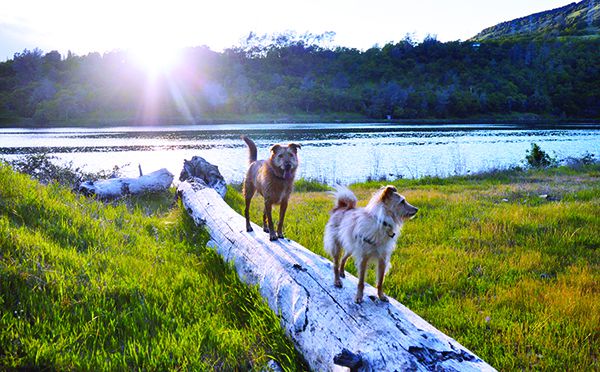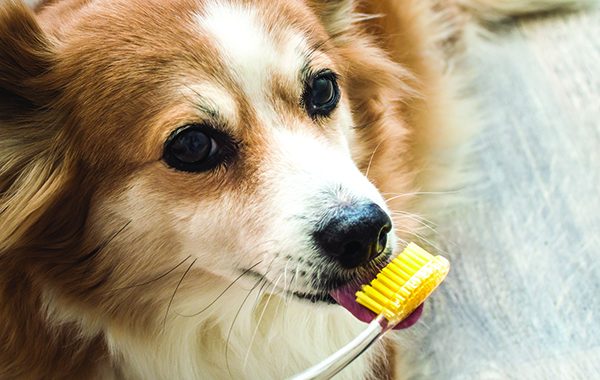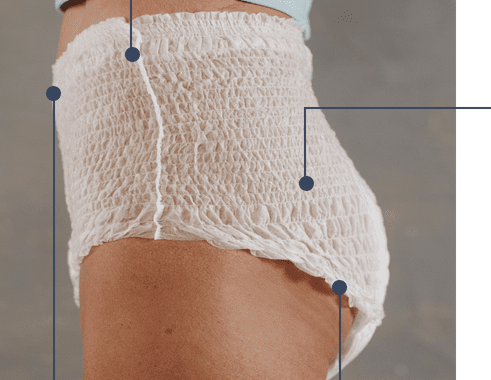For what reason Does My Dog Stink?
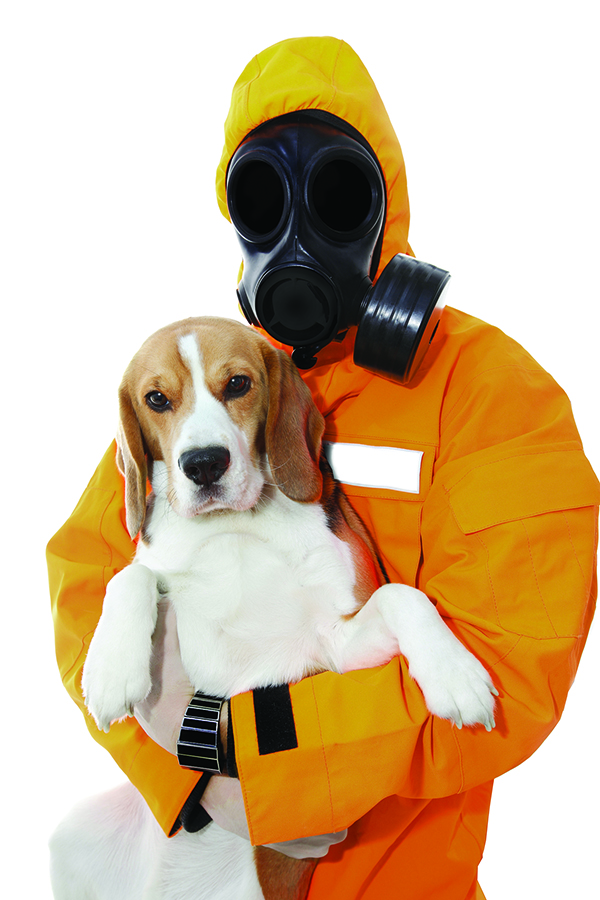
For what reason Does My Dog Stink?
Goodness, my. What’s that smell? On the off chance that your canine is in the room, it very well may be truly downright terrible, unpleasant tooting, releasing butt-centric organs, skunk buildup, smelly dandruff, contaminated ears, wet canine smell, pee from fragrance checking, regurgitation, the runs, or something your little guy as of late came in, similar to compost, dead fish, or all-around spoiled warm-blooded creature parts.
Some culpable aromas can be splashed or washed away, however for other people, you’ll need more than an aerating air spritz. Here’s a gander at what can help your canine, yard, house, and pet hotels smell better, with an accentuation on protected to-utilize items that eliminate disagreeable smells at their source instead of those that cover horrendous scents with fragrances or other solid aromas.
MY DOG JUST STINKS
On the off chance that your canine appears to smell awful constantly, plan a meeting with your veterinarian to preclude ailments that add to disagreeable scents.
For instance, canine stenches can be cautioning indications of malignant growth, urinary plot diseases, parvovirus, or contaminations brought about by microbes, yeast, or parasites.
One clear contender for change is your canine’s eating routine. Changing to a more excellent food – which ordinarily implies moving up to better quality protein – might be all that is required. WDJ is renowned for directing perusers through the universe of crude, cooked, new, frozen, dried, got dried out, canned, home-ready, and business pet food varieties and treats. Regardless of your financial plan, you can work on your canine’s general wellbeing and stench by taking care of all that you can manage. Search the files or snap-on “Canine Food Information” at wholedog-journal.com.
WILL SUPPLEMENTS HELP?
Probiotics are “cordial” gut microscopic organisms that make up the canine’s microbiome and structure the first line of safeguard against microorganisms (see “A Better Biome,” February 2018). Prebiotics feed probiotics and assist with keeping up with sound populaces of useful microorganisms. Catalysts like protease, bromelain, and papain (what break protein into amino acids), amylase (which summaries carbs), and lipase (what separates fats) assist with forestalling foul scents by helping assimilation.
Specialists differ about whether these enhancements are fundamental, yet clients of probiotics, prebiotics, and stomach related catalysts frequently report a decrease in indications like tingling, scratching, terrible breath, personal stenches, over the top shedding, dry or flaky skin, repeating ear contaminations, looseness of the bowels, and free or rank stools. (See “We’re ‘Ace’ Probiotics,” March 2012; “Applause for Prebiotics,” April 2012; and “Further developing Digestion: Digestive Enzyme Supplements,” May 2012.)
Chlorophyll, a green plant shade that became well known during the 1950s overall body deodorizer said to work from the back to front, can be added to a canine’s food as a fluid or powdered enhancement got from chlorella, spirulina, wheatgrass, or other green plants (follow name bearings), or add finely minced new wheatgrass, parsley, mint leaves, or dandelion greens in limited quantities, progressively expanding to 1 teaspoon for every 20 pounds of body weight.
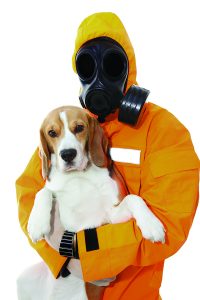
Coconut oil, which has demonstrated the enemy of bacterial, against parasitic, and antiviral properties, has been advanced as a freshening up supplement for canines. While no clinical preliminaries have tried those cases, coconut oil aficionados report further developed skin, coat, and breath scent in canines who get limited quantities in their food.
Start with 1/8 teaspoon each day for little canines or young doggies and 1/2 teaspoon for enormous canines. Slowly increment the sum at regular intervals to the ideal portion, around 1 teaspoon for every 30 pounds of body weight day by day, or 1 tablespoon for every 100 pounds.
Present coconut oil in limited quantities in isolated dosages, and diminish the sum or quit taking care of it if your canine appears to be awkward or has loose bowels. In addition, see “Wild about Coconut Oil,” WDJ October 2005.
ROUTINE MAINTENANCE
While long-haired canines need more incessant brushing than canines with short covers, brushing circulates the regular oils and deliveries earth in any coat. Day-by-day assessments make it simple to eliminate burrs, weed seeds, and parasites like insects or ticks. Check with an energetically prescribed nearby custodian to track down the right searches or brushes for your canine. Eliminating tangles when they foster forestalls matting, which, whenever ignored, add to stenches by catching skin-contaminating microorganisms.
Showering your canine with a coat deodorizer or utilizing freshening up pet wipes might affect it, particularly after swimming. Many items sold for home and salon use are depicted as “between shower” medicines that help your canine’s jacket look and smell better. Some are called dry shampoos or waterless washing showers and keeping in mind that most are scented, a developing number is without aroma.
Most item guidelines say to splash or wipe a canine’s jacket beginning behind the ears (keep away from the eyes) and work toward the tail. Backrub to disperse, rehash if essential, let dry, and brush.
At the point when your canine rolls in something horrendous or is only due for a cleanser, it’s the ideal opportunity for the tub. The recurrence of your canine’s requirement for washing relies upon her exercises, coat condition, and personal stench. For best outcomes, custodians suggest weakening shampoos and conditioners, utilizing more water than the item. Rehash, then, at that point wash altogether.
The quicker a canine’s jacket dries, the better he’s probably going to smell. Short hair can dry rapidly with towel scouring and outside air, while long, thick covers might require an expert custodian’s high-speed dryer. At the point when you’re all alone, utilize an enormous stock of the most permeable towels accessible.
STINKY BREATH
An expected 80 percent of partner canines foster periodontal illness by age 2 and coming about poisons that channel from the mouth to the remainder of the body add to fundamental infections of the kidneys, liver, and heart.
You can do a great deal to forestall gum sickness by brushing your canine’s teeth day by day with a toothpaste planned for canines (never utilize human toothpaste). On the off chance that you can oversee only a bit of brushing, focus on the external surfaces of the canine’s molars, where a large portion of the tartar amasses.
Many canine proprietors declare by the act of taking care of crude substantial unresolved issues canines. “I can regularly tell initially whether a canine bites on crude bones,” says Tia Nelson, DVM, in Helena, Montana. “Bone-biting canines, by and large, have better oral wellbeing, better smelling breath, and better gums. I trust it’s from the incitement of the whole oral pit that happens when canines bite bones. They ought to be proper to the canine’s size, and bones that are little enough for the canine to gulp down ought to have stayed away from.” Note that dried bones, for example, those found on pet-store racks, are rarely suggested, as they are excessively hard and may break teeth.
Persistent awful breath might highlight gum infection and other oral medical issues yet not generally. See “Awful Dog Breath? Perhaps Not!” July 2018, for issues mistakenly expected to include dental sickness.
Pet-water added substances sold as breath purifiers guarantee to upgrade stomach-related wellbeing, work on supplement assimilation, and help canines smell better everywhere. A modest quantity, like a capful, is added to each bowl of drinking water (however consistently offer plain water, as well). Some contain probiotics, stomach-related catalysts, micronized minerals, or fixings known to limit plaque and tartar development.
Sadly, a portion of these items contains xylitol, a sugar that is harmful to canines. While the limited quantities utilized by mark bearings are viewed as safe for canines, a few veterinarians are worried that the day-by-day ingestion of xylitol may represent a danger. Check names and friends’ sites for data and keep away from items with xylitol or undisclosed fixings. Oxyfresh is an illustration of an item that rundowns its fixings and contains no xylitol.
Accomplishment with drinking water added substances regularly relies upon how they are acquainted with your canine. Start with more modest than-suggested amounts and regard your canine’s inclinations.

Foul EARS
As well as smelling awful, canine ear contaminations are excruciating and merit a visit to your veterinarian for help. Be that as it may, by checking your canine’s ears oftentimes and keeping them clean with a protected ear wash (see “Forestall Ear Infections by Cleaning Your Dog’s Ears,” April 2021), you can make your canine’s ears aloof to yeast and bacterial excesses. Keep away from possibly excruciating ear flushes that contain vinegar or liquor while treating persistent irritations or ulcerated ear trenches.
Here’s an ear flush that is protected, powerful, and simple to make: Combine 1/8 teaspoon restorative quality lavender fundamental oil with 3/4 cup refined witch hazel, 1 tablespoon powdered boric corrosive, and 1/4 cup unadulterated aloe vera squeeze or gel. Shake a long time before applying.
Another is Jake’s Remedy, a fragrant healing item intended to treat bothersome skin and paws, problem areas, dry skin, balding, parasite, and ringworm. Jake’s Remedy functions admirably as a relieving ear flush when applied with an eyedropper.
MY DOG GOT SKUNKED
Skunk-shower smell positions as one of our most-despised scents and it appears to keep going forever. That is because the shower’s thiols and thioacetates, which are regular sulfur-containing synthetic substances, tie to different atoms, making them simple to spread and hard to kill. Anything your skunked canine contacts will get skunked, as well.
Canned tomato juice and vinegar are conventional medicines that canine sweethearts actually use, yet neither kills those irritating thiols and thioacetates. Notwithstanding not functioning admirably, tomato juice can change the shade of white or light-hued coats, and vinegar has its own unmistakable scent.
Luckily, there’s a home cure that does the work. Blend 1 quart of 3% hydrogen peroxide (the sort that is sold in supermarkets and drug stores) with 1/4 cup preparing pop and 1 teaspoon fluid dish cleanser. The blend is synthetically temperamental, so it can’t be made ahead of time (shut holders can detonate), so save a stockpile of the fixings close by for skunky occasions.
Wearing defensive gloves and staying away from your canine’s mouth and eyes (it stings!), knead this soupy combination into your canine’s jacket. Since the synthetic response is momentary, and because delayed openness can blanch dim coats, textures, wood, and other permeable surfaces, don’t leave it on your canine for over a little while. Wash well, cleanser, and flush once more. As a rule, a solitary treatment is everything you’ll require, yet rehash the technique if important.
Different items suggested for de-skunking pets include:
- Nature’s Miracle Skunk Odor Remover. The organization says this item “ties with and eliminates scents utilizing a bio-enzymatic recipe.”
- Skout’s Honor Skunk Odor Eliminator. The organization says it “separates smell particles with a plant-determined sufficient and atomic deodorizer.”
- Alpha Tech Pet Skunkaway. The organization says that when joined with water, the item “makes a chain response that dismantles smell particles and reassembles them in a scent-free lattice.”
Fixing Information
Many canine aerating items guarantee to be made of regular or normally inferred fixings, however, while all-regular items might be more secure for canines and doggies, they don’t really work better compared to items containing engineered fixings.
Also, what does “normal” truly mean? Polysorbate 20 might be recorded as a characteristic fixing, yet it’s an FDA-endorsed manufactured enhancing specialist. DMDM hydantoin is a natural compound found in hair care items, where it goes about as an additive by delivering formaldehyde. Sodium social glutamate and other social fixings are gotten from coconut oil, however, they are altogether different from that source material.
More dubious are fixings like sodium lauryl sulfate, petrol-based aromas and phthalates, engineered colors, parabens, and isothiazolinone, which have been scrutinized for being brutal on skin, possibly harmful, problematic to chemicals, or harming to marine conditions.
A few marks list what items don’t contain, for example, without sulfate, liquor-free, sans xylitol, cleanser free, sans paraben, no triclosan, no mineral oil, no petrolatum, no diethanolamine (DHA), no phthalates, no chlorhexidine, no propylene glycol, or no additional shadings of colors.
Without anyone else, the presence or nonattendance of normal or manufactured fixings doesn’t decide if an item will function admirably for your canine, so check item surveys, counsel custodians and different specialists, and keep notes as you analyze.
The vast majority of the producers referenced here welcome client questions, give instructive data and offer unconditional promises. The canine freshening up industry, effectively gigantic, keeps on developing.
New SURROUNDINGS
The absolutely generally intriguing and adaptable aerating items are sans aroma smell removers got from regular sources. Peruse names cautiously because a few items are intended for use on pet sheet material or different surfaces however not for application on pets. The greater part of them are dry smell-free yet may contain a quickly vanishing tracer aroma to assist clients with distinguishing treated regions.
Qualities Odor Control or N.O.C. items contain amino acids, nutrients, and minor elements got from a culture of blue-green growth. Fluid N.O.C. items become dynamic for eight hours when blended in with water. Suggested applications incorporate the treatment of regurgitation, pee, defecation, and other unsavory scents. N.O.C’s. dry granules can likewise be utilized to kill smells. Its Pet Powder is brushed or rubbed into the canine’s jacket for further developed stench; it’s likewise demonstrated for dispensing with skunk shower.
Smell B-Gone items kill skunk aroma on creatures, pee scents on substantial floors, and smells caught in rugs, upholstered furniture, and bedding, utilizing a concentrate got from yucca plants. Its Spot Stain and Odor Remover deliveries and eliminates extreme stains, even old ones.
Zero Odor says its splash items “utilize sub-atomic innovation to tie with smell particles noticeable all around and on surfaces, changing them into unscented particles.” While the organization says these items are alright for use on canine beds, restraints, and other gear, they are not suggested for direct application on canines.
Bac-Out Stain and Odor Remover by Biokleen joins live protein societies, citrus concentrates, and plant-based surfactants to aerate pet mishaps and then some. Apply, let represent somewhere around five minutes, then, at that point smudge with a spotless fabric. Not suggested for direct application on pets.
Straightforward Green Outdoor Odor Eliminator utilizes regular chemicals to kill scents at their source on grass, turf, rock, concrete, and open-air rugs. The jug includes a hose connection for a simple outside shower application. This is a scented item. It isn’t suggested for direct application on pets.
